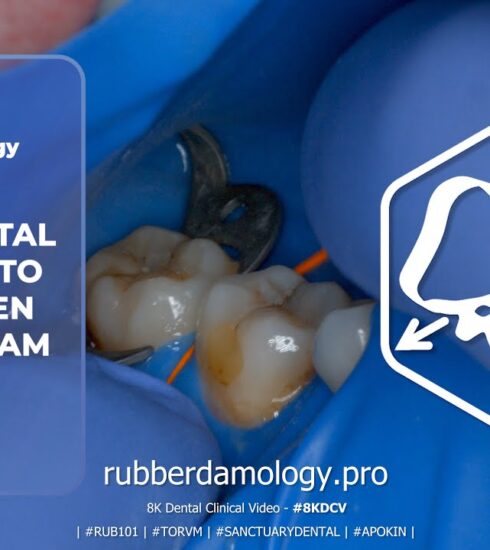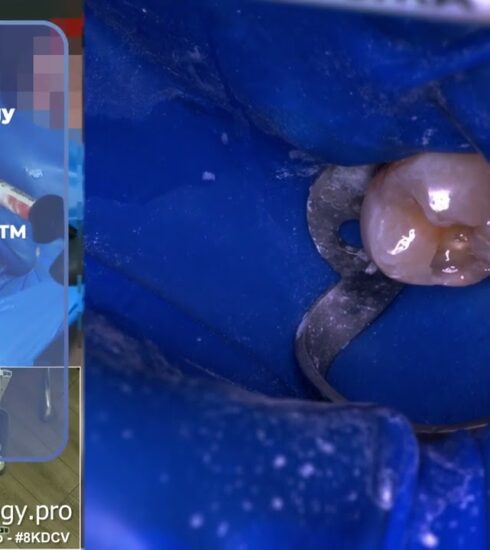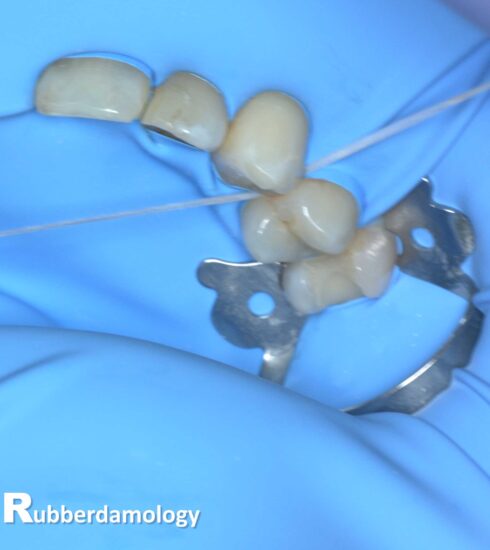How do Universal rubber dam templates compare to FDI templates in terms of their advantages and applications during dental procedures?
To address how Universal and FDI rubber dam templates compare in terms of advantages and applications during dental procedures, we can summarize as follows:
- Purpose and Usage:
- Both Universal and FDI rubber dam templates are designed to isolate teeth during dental work, preventing contamination from saliva or blood.
- Design Differences:
- The Universal template is likely a general-purpose design suitable for various types of teeth.
- The FDI (Federation Dentaire Internationale) template may be more specialized, potentially tailored to international standards and possibly offering features suited for specific dental procedures or patient needs.
- Applications:
- Both templates are used in similar contexts but might differ in how they fit different tooth types or accommodate specific clinical situations.
- The Universal template is versatile and can be applied across multiple teeth types, while the FDI template may offer specialized features beneficial for certain treatments.
- Considerations for Anterior Teeth:
- Both templates are used with wedges or strips in anterior regions where space is limited, but specific advantages might vary based on design specifics not fully detailed here.
- Conclusion:
- The Universal template offers versatility and general applicability.
- The FDI template may provide specialized features suited for particular dental needs or procedures.
For a comprehensive understanding, consulting the textbook or additional sources that explicitly compare these templates would be beneficial.
- Design and Adaptability:
- Universal Templates: These are typically square with four quadrants, offering versatility in adapting to different tooth positions. This design allows for better isolation across various tooth configurations.
- FDI Templates: Designed with a more standardized approach, FDI templates may offer less adaptability but can provide quicker setup due to their uniformity.
- Setup Steps:
- Both types involve similar steps: testing and lubricating proximal contacts, punching holes, lubricating the dam, selecting retainers, etc.
- Universal templates might require slightly more time for positioning due to their versatility, while FDI templates could offer a quicker setup because of their standardized design.
- Use with Accessories:
- Both templates can be used with caulking agents like OraSeal or Cavit to enhance sealing. However, the effectiveness may vary based on how well each template accommodates these accessories during placement.
- Maintaining Isolation:
- Universal templates might excel in maintaining isolation due to their adaptability, especially for teeth of varying sizes and shapes.
- FDI templates could be effective but may not hold up as well under different tooth configurations without additional adjustments.
In summary: In summary: while both Universal and FDI rubber dam templates serve similar purposes, the choice between them depends on factors like adaptability needs, required setup time, and compatibility with accessories. Clinicians might prefer Universal for its versatility in complex cases, whereas FDI could be favored for straightforward procedures requiring quicker setups.
Books
- Essentials of Dentistry Quick Review and Examination Preparation Rushik Dhaduk BDS Tutor, Dharmsinh Desai University Nadiad, Gujarat, India ISBN 978-93-5025-368-7







